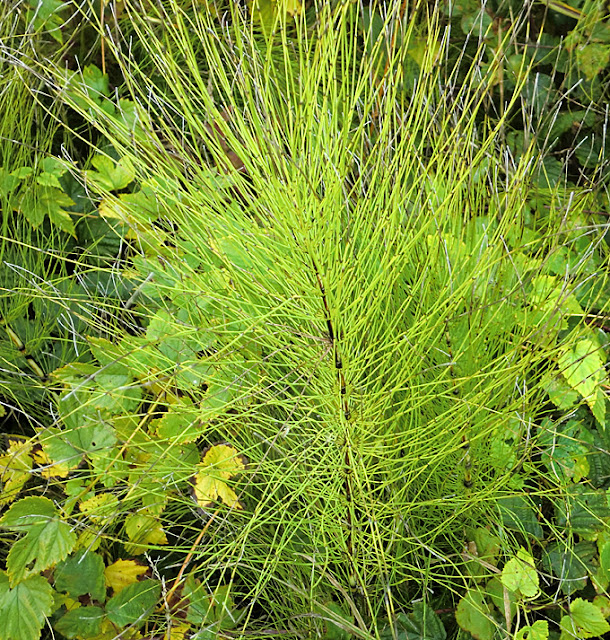family Ginkgoaceae
common name: Ginch
ETYMOLOGY: The genus name comes from a misunderstanding of the term used in the Orient to name this plant, derived from the union of two Chinese words yin (silver) and xing (apricot), which yinxing (silver apricot), referring to the fruits of the plant. The specific attribute Latin biloba indicates the shape of the leaves, deeply divided into two lobes by a central groove.
the Ginch is a deciduous tree, up to 30 meters, from the messy hair and tapered very resistant to cold, drought, pollution and diseases. For this reason it is used in parks and streets of many cities, as well as the beauty of the leaves that look like butterflies and turn yellow in autumn live ornamental richness. The species is dioecious, ie male and female flowers brings flowers on separate plants. The female plants bear fruit, producing olives, whose flesh is very smelly, so it would be advisable to grow in the garden exclusively male clones. The plant is native to Japan and China, but in the past, up to 2 million years ago, was also present in Europe and North America. Today, no longer lives in the wild only in small groups in the forests of China.


Ginkgo biloba is the only species in the family Ginkgoaceae and it is alleged, such as conifers and Cycads, the taxonomic group Gymnospermae (plant without flowers obvious and naked seeds, not protected from the ovary).
Ginch A tree can reach 40 meters in height, with a coma diameter of about 8 meters. In the century-old tree specimens can reach up to 3 meters in diameter. Although it is highly resistant to cold, this plant prefers warm, sunny locations and plant temperate zones, preferring climates with hot dry summers and cold winters (withstands up to -35 ° C).
Vegeta very well even in heavily polluted urban environments and is quite indifferent to soil type, but grows best in acidic soils, siliceous or siliceous-clay.
E 'plant that absolutely does not tolerate pruning: the portions of the cut branches dry up very easily. It is preferable to cultivate individuals men to avoid the unpleasant odor of the seeds, but the sex of the species is difficult to recognize as there are no reliable secondary sexual characteristics.
The use of this beautiful ornament is of essence suitable for city streets, thanks to its high tolerance to dust and contaminants, but may very well be planted in gardens as an isolated specimen of medium- large, where it grows rather slowly, providing sparse shade that does not hinder the growth of plants underneath. Wonderful is the color of the leaves, especially in spring and autumn.
Vegeta very well even in heavily polluted urban environments and is quite indifferent to soil type, but grows best in acidic soils, siliceous or siliceous-clay.
E 'plant that absolutely does not tolerate pruning: the portions of the cut branches dry up very easily. It is preferable to cultivate individuals men to avoid the unpleasant odor of the seeds, but the sex of the species is difficult to recognize as there are no reliable secondary sexual characteristics.
The use of this beautiful ornament is of essence suitable for city streets, thanks to its high tolerance to dust and contaminants, but may very well be planted in gardens as an isolated specimen of medium- large, where it grows rather slowly, providing sparse shade that does not hinder the growth of plants underneath. Wonderful is the color of the leaves, especially in spring and autumn.
The foliage, pyramidal in young plants and nearly oval in older specimens, is sparse and irregular, messy-looking. Presents the branches of two kinds: short Microblast carrying fruits and leaves, gathered in false whorls, and macroblasti, more extended, leading to alternate leaves. Major industries are generally incorporated at an angle almost straight trunk.
The bark is smooth and silvery in the young specimens, becoming brown in older plants, very wrinkled and fissured longitudinally
leaves, petiolate, have a fan shape and texture cuoiosa: have a breakdown in the middle (hence the name biloba) that creates two distinct lobes, particularly in female plants. They at first light green in color, becoming darker during the summer and then take a beautiful yellow-gold in autumn
The species is dioecious, with relatively fertile, male or female, separate and present in different individuals, but always made up Microblast, the leaf axil. In young specimens it is difficult to distinguish the male plants from female ones: we need to wait for the first flowering, which usually does not occur before 40 years of life. Flowering spring.
structures in the male fertile couples are led to microsporangi microsporofilli up, arranged in spiral cones pendulous obsolete. The sperms are produced inside them ciliates and furniture, as in many less developed groups (Cycads, mosses, ferns and algae) in order to move and need a liquid environment. Pollination is anemophilous (accelerated by the winds) sperms are carried on structures where fertile women oosfere inside the fertilized ova, borne on peduncles blocks, which are initially two, but are reduced to one during development .
female plants, unlike most gymnosperms do not produce cones, but seeds covered with a fleshy pulp. Between pollination and fertilization exist a few months. Ova develop independently of fertilization and so-called fruits, produced in abundance by the female plants, fall in October, covering the surrounding land of their foul-smelling flesh. The seeds have a woody shell and contain within them a kind of edible almond, very popular in East Asian countries, notably Japan












































